Sassafras albidum
Sassafras oil is extracted from the bark and used for aromatherapy purposes
Sassafras albidum sassafras
This decidious, medium to large-sized tree is common as an understory or lower canopy tree. It is easily recognized because the leaves come in three basic shapes: "fingers", with three lobes; "mittens", with one large lobe, and a smaller "thumb", and egg-shaped without lobes. The margins of the leaves are without teeth. The crushed leaves, twigs, and bark are spicy-fragrant. A pleasant tea can be made by boiling the outer bark of the tree roots. Sassafras oil is used in some soaps and a bark extract can produce an orange dye. Since 1960s, the chemical compound safrole found in the oil of sassafras was declared to be a potential carcinogen by the FDA and so is no longer recommended for use. The wood is durable and was once used to make buckets, barrels, and small boats. The autumn colors vary from orange to deep red.
Habitat & Range
Grows in forests, edges of woods and hedgerows.
Present throughout the state.
Range: From Ontario south to Floria and Texas and west to Missouri
| EMP: | FACU |
|---|---|
| NCNE: | FACU |
Phenology
Flowers late April through May; with leaves.
Fruits September through October.
Characteristics
Flowers dioecious, greenish-yellow; inflorescence raceme or panicle
Leaves alternate, simple, entire, with one leaf per node; bright green with no lobes or two to three lobes
Fruit blue 0.5 inch drupe
Bark rough, gray; deeply furrowed when mature
Height 10-40 feet
Fall Color orange to deep red
Age 70 to 100 yrs
Plant Codes
S-rank: S5 (Secure)
G-rank: G5 (Secure)

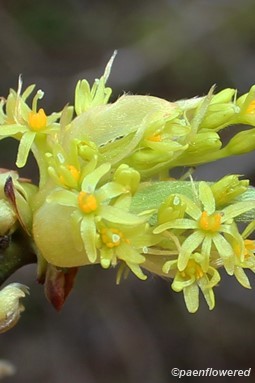
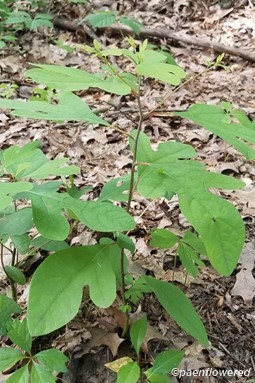
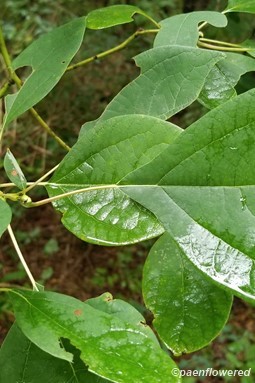
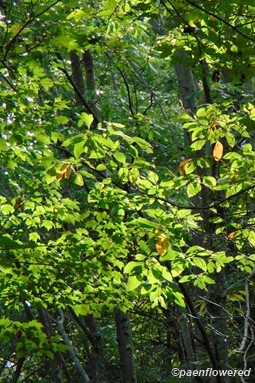
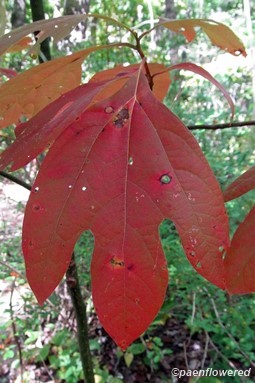
.jpg?v=638487403020000000)
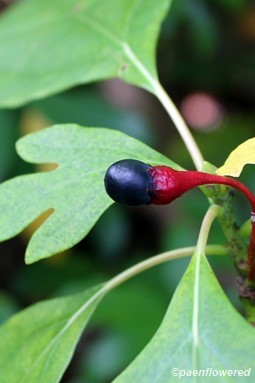
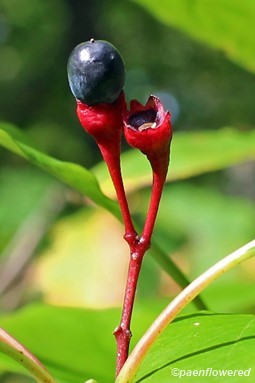

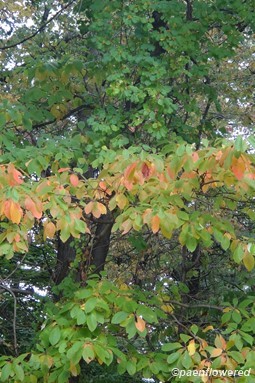
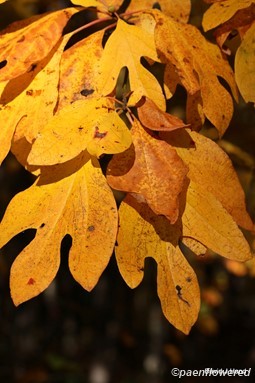

Comments
Have you spotted this plant in your area? We'd love to hear about your experience! Share your comments or questions about the plant below. Comments are moderated before posting.